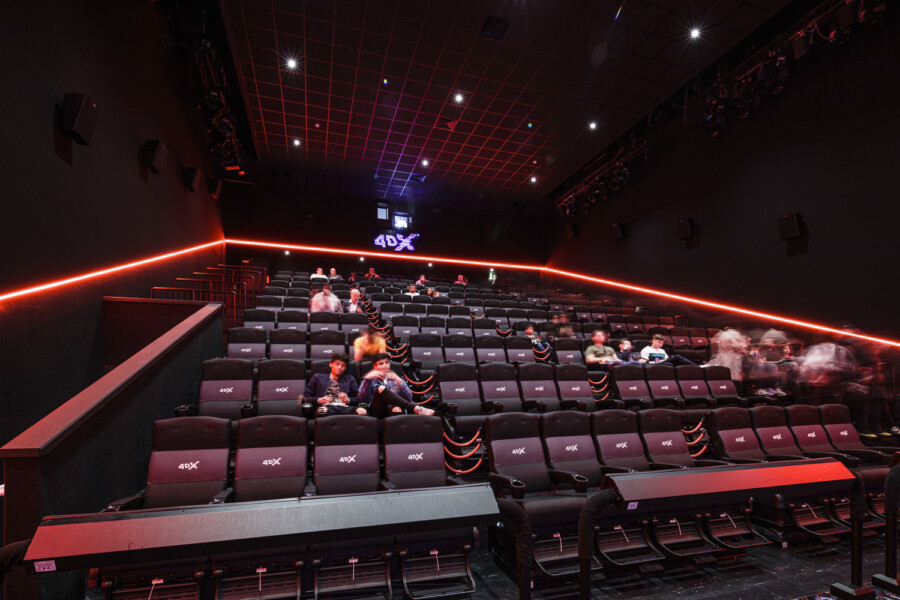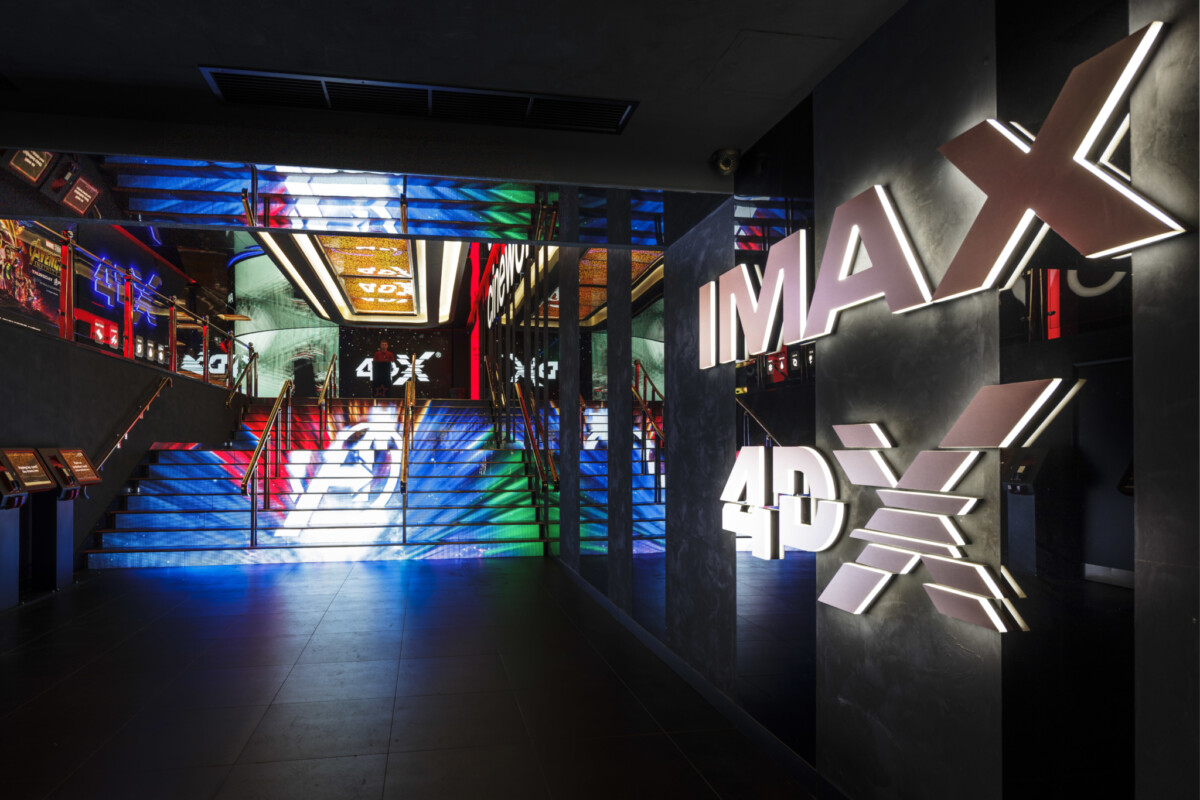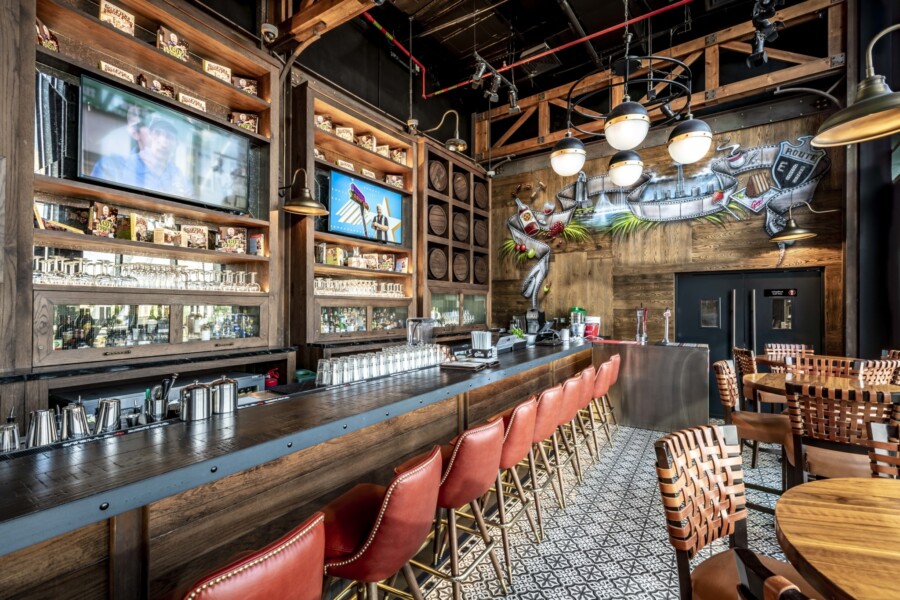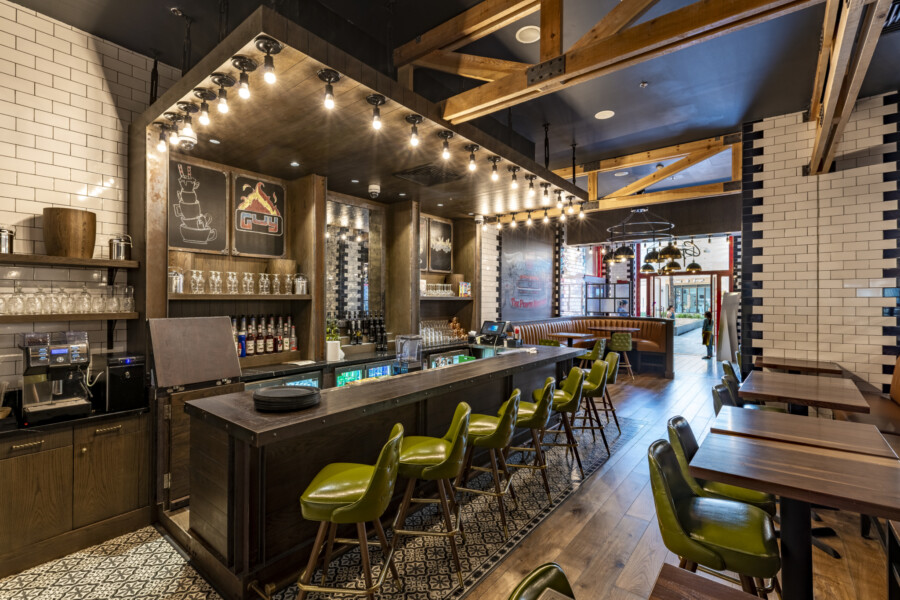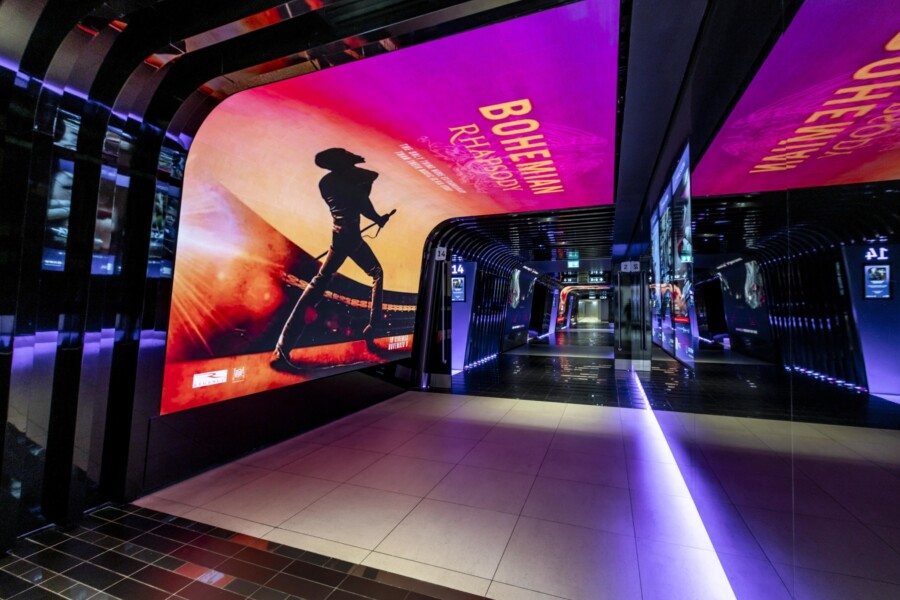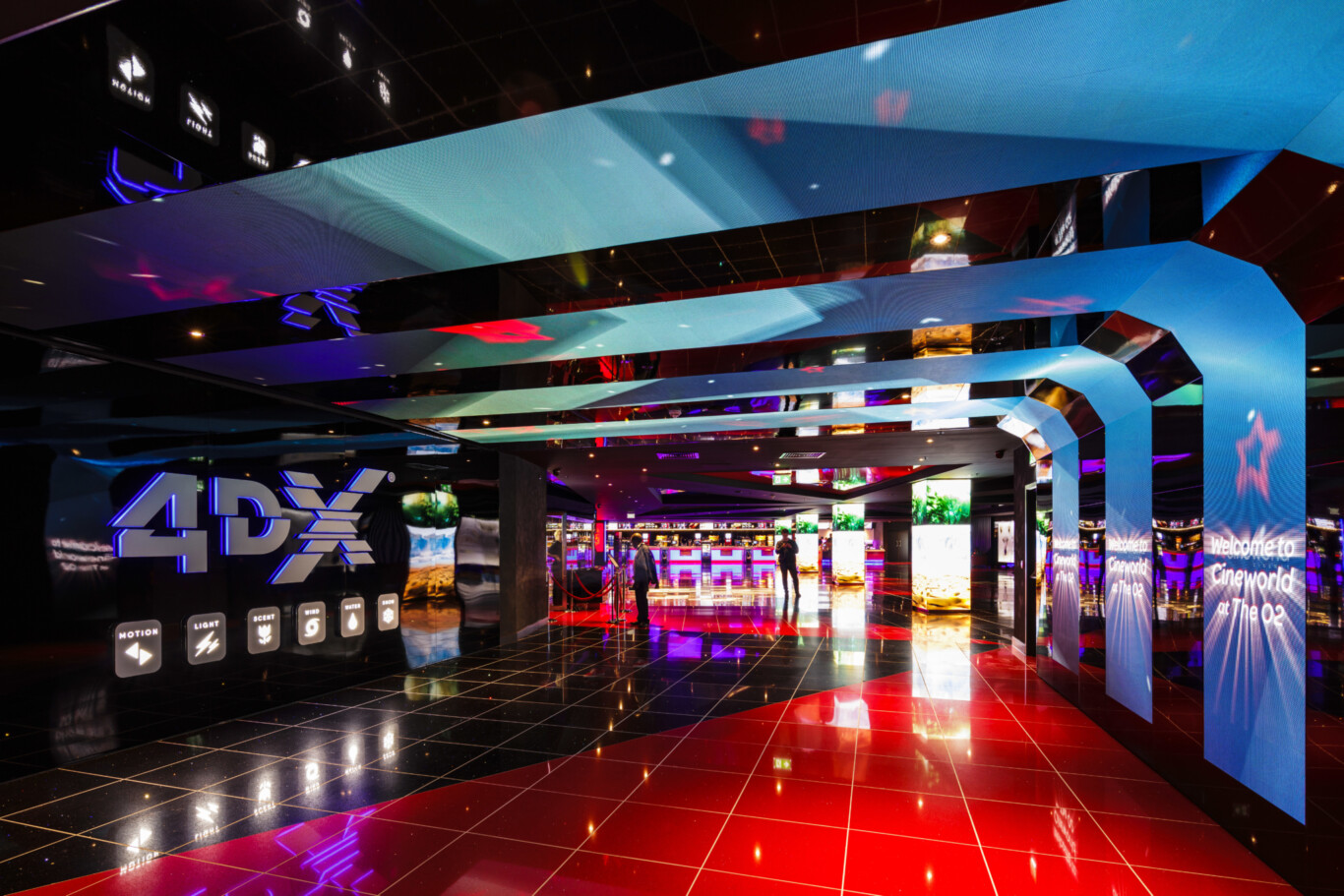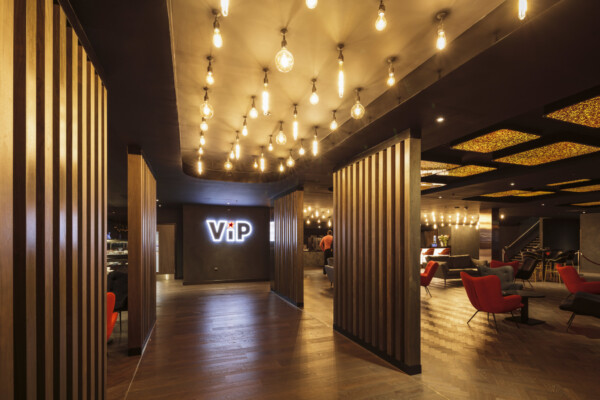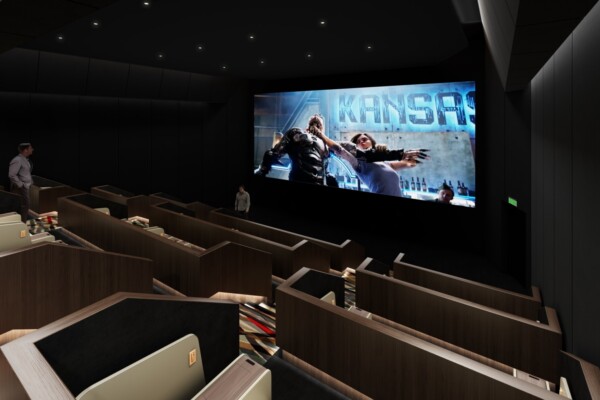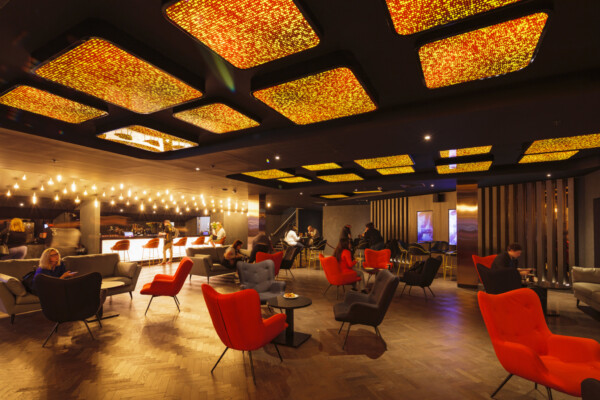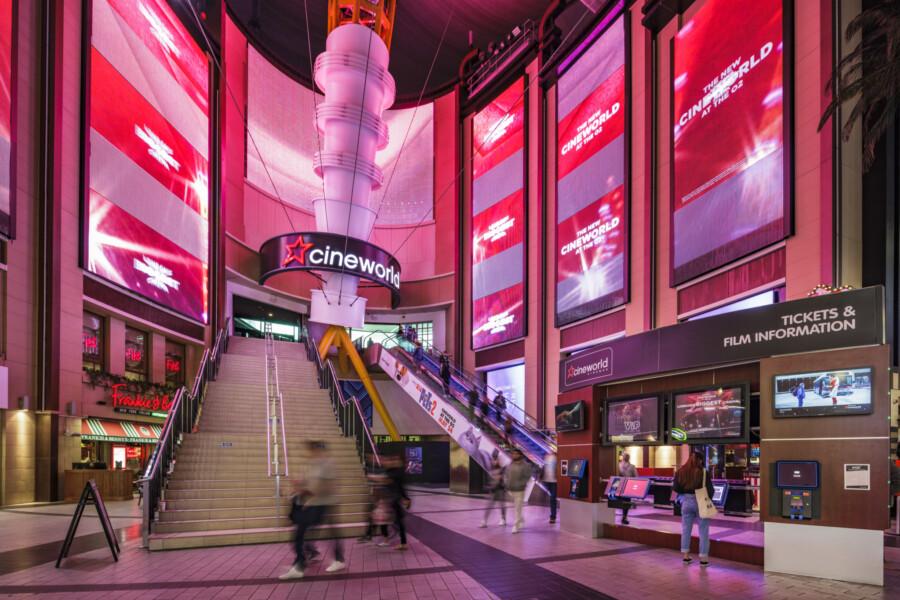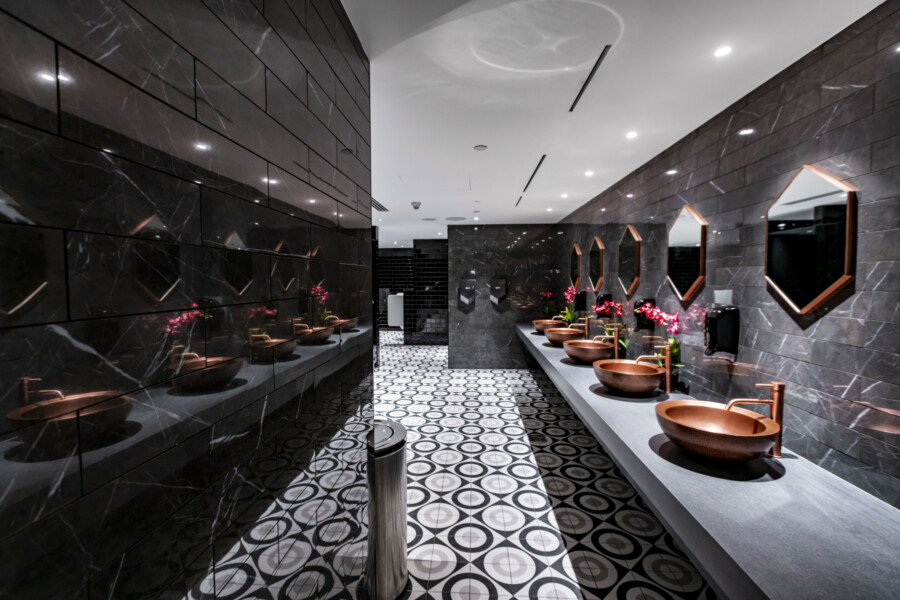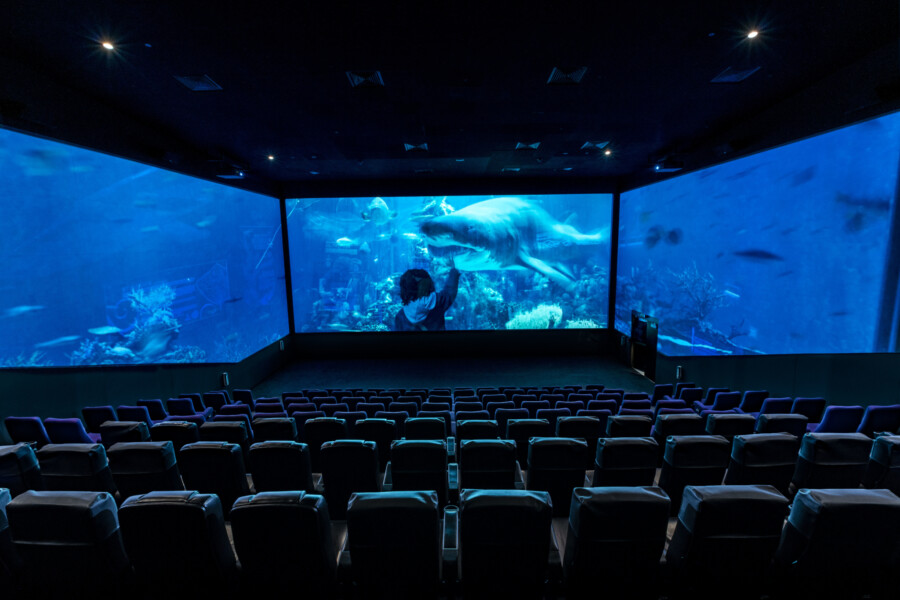
How to design a new generation of cinema
In this insight paper, Chapman Taylor Director David Wallace examines the latest trends in cinema design.
Cinema attendance is generally on the increase, despite the large choice of platforms we have to watch movies on. The cinema experience has come a long way over the years, and, as digital cinematography evolves, so do the cinemas we watch them in. In this paper, UK Director David Wallace explores the latest trends in cinema design, specifically in developed markets such as the UK, and how we can take them to the next level.
Digital delivery
The steady adoption of digital delivery in place of 35mm film reel has significantly changed how cinemas are designed. Prior to digital, the operational necessity to share film over multiple projectors dictated a very rigid layout of those auditoria. Now, with digital, there is no need to share film. Instead, the digital files are transferred and shared via a cable or disk, and those adjacent auditoria can be in different locations in both plan and section. For the developer, this means cinemas can now fit into more odd-shaped buildings and spaces. For the operator, it means more seats per m² of lettable area.
Diversification
As mature markets diversify, which is all part of the growth cycle, more options and alternatives are being developed. Now there are regular cinemas, premium cinemas, art-house cinemas, cinemas in hospitals, cinemas in hotels and apartment blocks, in student accommodation etc. - all a consequence of digital delivery and a mature market. For audiences, the style and design of the cinema can be as important as the movie in making the cinema visit an unforgettable experience.
As part of the drive to catch more customers and market share, cinema operators are now installing ‘add-ons’ to their standard offer. Large-format screens like IMAX, Cineworld SUPERSCREEN, Vue XTREME, ScreenX, Empire IMPACT etc. are now the norm. Sound systems like Dolby ATMOS, VIP seats, in-theatre dining and motion theatre such as 4DX are all appearing more frequently in new cinema designs. It is important to keep updated on all of these developments, as each element has its own particular technical and operational requirements to be incorporated into the design process.
F&B
Cinema developments are increasingly focusing on the F&B offer they provide because simple 'in and out' trips to see films are widely seen as wasted opportunities for cinema operators. To encourage people to dwell and to turn cinema venues into all-day experiences, the F&B offer has to be fresh, varied and attractive. Consumers are more discerning than ever before, and the most successful F&B spaces in a crowded market will be those which can differentiate themselves while responding quickly to the pace of change in customer preferences. A key design goal is to provide an F&B environment in which people can meet, talk and socialise as part of an all-day, all-evening experience. An example is how Emaar Entertainment has linked up with well-known TV chef Guy Fieri for its Reel Cinemas venues in Dubai - providing attractive and context-appropriate food and drink options in a way which has proved popular with the public.
Automation
Traditional sales points usually necessitate employing many staff to keep them open, with accompanying spike in the payroll. Some fast food restaurants have recently started to automate their sales process, as have some trendy cafes in the US, Japan and elsewhere. The traditional, long cinema concession stand can be omitted and replaced by large, fully automated swipe screens, where all ticket and food purchases occur at the same time, on the same screen during the same transaction. Providing as many sales points as needed at different entry points can ensure that queuing times are kept to a minimum.
LED Way-finding and signage
Efficiency of operation and circulation does not really impress the cinema-goer. It is taken for granted that the journey from entrance to seat be efficient and logical. It is the visual element, the aesthetics of what is seen on that journey, which will ‘wow’ the customer. Recent advances in LED screen technology now allow huge and complex surfaces to run movie content. Large movie images and video bursts are very visual, very exciting and very cinematic. Huge Hero screens can be used in main lobbies to display timings, promotions etc. Twitter walls can be installed, where people can upload messages and see them appear live on the screen. The design of access corridors can use LED inclined walls and soffits to astonishing effect, transporting customers into a space that feels quite unreal. From here, customers enter the auditorium, and the projected movie on the cinema screen then becomes the next and final visual element.
Laser projection
After years of development, laser projection has recently made its debut at IMAX Leicester Square, London, and the IMAX at Mall of Emirates, Dubai. It is the next level of getting massive amounts of light onto big screens for a super-bright image with amazing contrast. I expect this technology will receive a lot of press and a lot of push from the industry. As designers, we will need to be mindful of the restrictions that this will impose on viewing of the laser source, and how this translates into the layout of the cinema.
Projection accessibility
With digital delivery, there is a move to house the actual projector within acoustic pods that drop down/pull out etc. at the touch of a button, to afford access for maintenance. A number of companies are now developing and manufacturing such platforms. This gives more flexibility in location and geometry of auditoriums, and saves the cost and space of a regular projection floor level. It is important to remember, though, that projectors still need access for maintenance.
Luxury VIP experiences
To distinguish their offer in a competitive market, cinema operators need to offer something extra to moviegoers, and we are increasingly seeing luxury cinema experiences being created to attract wealthier customers or people who want to make their cinema trip a special day. In response to this demand, Chapman Taylor has designed and/or delivered VIP cinemas at some of the most prestigious cinema locations in the world, such as at Cineworld O2 in London, the Reel Cinemas at The Dubai Mall, Cineworld Leicester Square in London and Muvi Cinemas at The Mall of Arabia in Jeddah. The Platinum Suites at The Dubai Mall and at Dubai’s Al Ghurair Centre, for example, offer the most luxurious cinema experience available anywhere in the world, with comfortable and moveable seats, food and drink served to cinemagoers at their seats and relaxing lounge areas for the exclusive use of Platinum Suites patrons.
All these developments prove, once again, that people still want to go the cinema as a form of entertainment. Cinema operators are incurring huge expense to bring all these offers to the customer, and it’s encouraging to see that cinema attendance is still steadily rising. This is particularly good news given the multitude of options we now have to watch a movie, whether on your phone, tablet, large TV or from the headrest of your car. These contemporary audiences are demanding very high standards of comfort, of ancillary facilities, and of technical presentation, and as designers we must ensure that we deliver the quality of building that reflects this.
